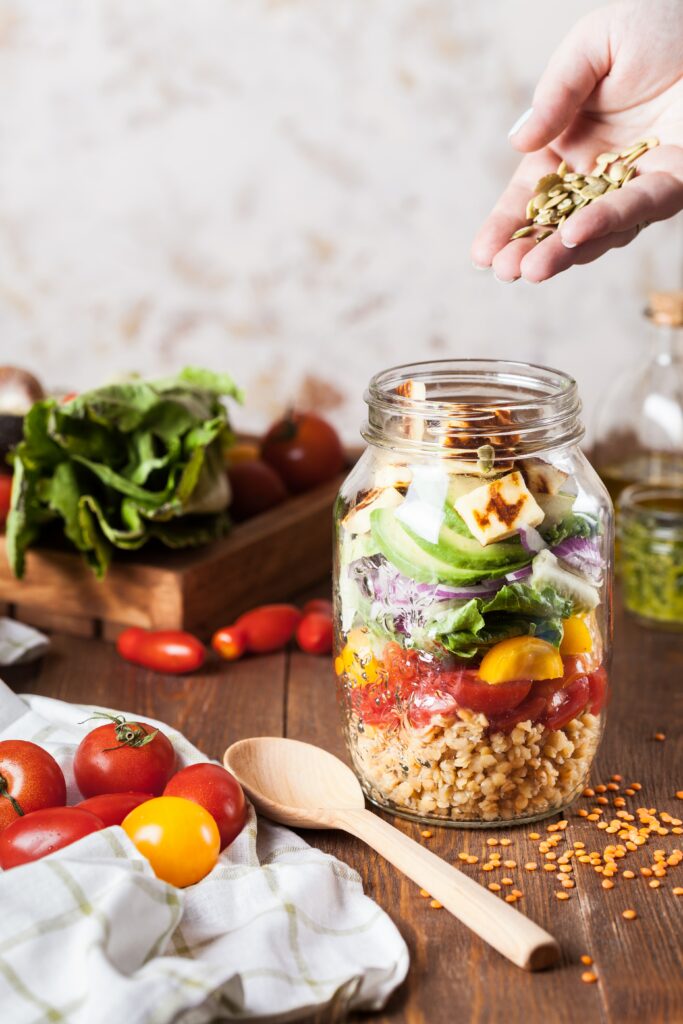Tasty health – on top of the plate of consumers
You want to eat well. You want to live a healthy lifestyle. So you skip the sweet options at brunch, check nutrition facts, and plan your meals accordingly: less sugar, sodium, and fat. We prioritize healthy eating until we get too busy with meetings and the three PM cravings start sneaking in. And within this vast puzzle, upcoming trends for good-for-you food and beverage products bubble up to the top. So how can they help us achieve our health goals and follow our taste preferences or lifestyle?

Food and beverage manufacturers work hard to reformulate their products. This might get quite complex with some products as any change in the food or beverage matrix—influencing how we perceive taste. Well-intended, good-for-you products often leave a gap between nutrition facts and consumers’ taste expectations. For example, reducing sugar may lead to a loss of sweetness perception, mouthfeel, and body, decrease overall taste intensity, and reveal bitterness or astringency. To overcome these challenges, manufacturers make good-for-you products taste better and healthy eating easier for consumers’ lifestyles. We show you how!
Making healthy eating easy
“Easy health” stands for simplified healthy eating with fun and pleasure. Sadly, those who want to live a healthier lifestyle often struggle to incorporate good habits into daily routines. The answer lies within a more realistic and light-hearted version of healthy living. We want more beneficial, functional products that fit perfectly into our hectic lifestyles—more happiness, fewer rules, and restrictions.
Products such as sugar-, salt-, and fat-reduced food and beverages tend to trend internationally. Also, enrichment and fortification with vitamins, minerals, or proteins play a crucial role. So these good-for-you products put the “goodies” in, like vitamins, minerals, or proteins, and the “baddies” out, like sugar, salt, or fat.


Bridging the taste gap in good-for-you products
Removing undesirable ingredients or adding desirable elements to food and beverages can lead to problematic taste effects. Together, Symrise and food and beverage manufacturers strive to bridge these taste gaps to develop great tasting good-for-you products.
Still, to date, ingredients that entirely replace sugar do not exist. Any modification of sweetening systems impacts the overall taste experience of a product. Sweeteners, in general, can close the sweetness intensity gap in sugar-reduced products. So far, so good. Are we missing something here? Yes, because it takes more than a single substance or a combination of sweeteners to balance the entire sweetness profile. One must consider the whole taste dynamics like onset, mouthfeel, and the masking of a lingering aftertaste. Here, the tailored Symlife™ solutions of Symrise help to naturally balance the overall taste profile according to each manufacturer’s unique needs.


By building the desired overall flavor profile of products, the natural taste-balancing solutions from Symrise help to create winning selections and drive consumer preference. They also support making products with fortified nutritional profiles that taste great. Taste balancing supports making those good-for-you products with fortified nutritional profiles taste great – by masking undesirable notes and balancing the overall shape of the product. This way, the solutions contribute to a sustainable and healthier lifestyle by offering balanced and tasty solutions that make healthier eating easy—and promote everyday health everywhere, precisely what consumers want!
What tips and tricks do you use for eating more healthily? What challenges are you facing? Are you willing to compromise on taste to live more healthily? Please leave us a comment below!




